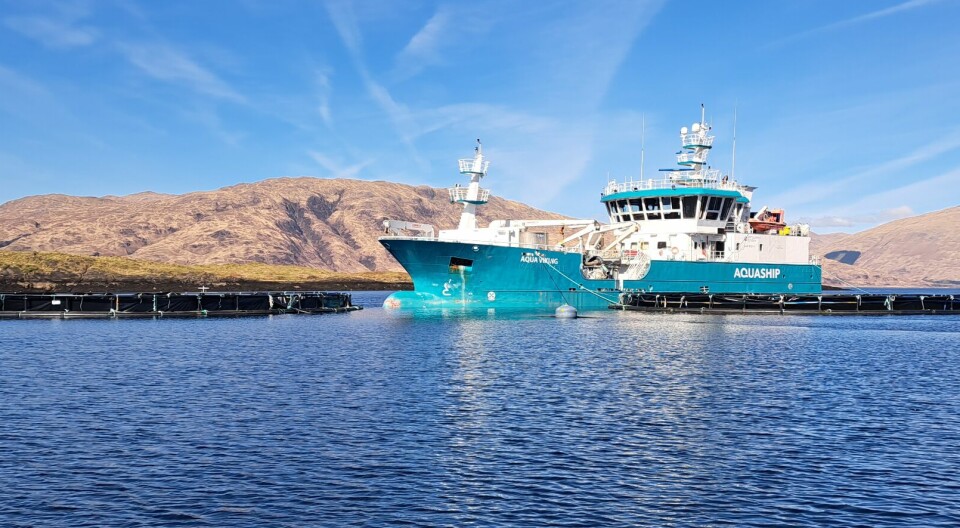
‘Normal growth, good average weights and an improving cost base’
Scottish Sea Farms boss points to evidence of improvement after challenging summer
Scottish Sea Farms managing director Jim Gallagher has said the company is on the up after a difficult third quarter.
The salmon producer made an operating loss of £8.8 million in Q3 2023, following on from an operating loss of £10.6m in Q2, due to biological challenges to its fish.
SSF’s Q3 results were published in co-owner SalMar’s Q3 report last week, and again in co-owner Lerøy Seafood Group’s Q3 report this morning. SalMar and Lerøy, the world’s second and fourth largest Atlantic salmon farmers respectively, each own 50% of SSF.
“Our Q3 2023 results reflect the continued impact of biological challenges faced last year, with higher-than-average fish mortalities, lower-than-forecast harvest volumes and reduced average weights affecting both our cost base and the prices achieved,” said Gallagher.
37,000 tonnes in 2024
“With these challenged Q1 and Q2 2022 generations now harvested out, and subsequent inputs of fish performing as expected, we’re seeing normal growth, good average weights and an improving cost base – with increased resources in place to help mitigate any challenges should they come.”
SSF reduced guidance for its 2023 harvest volume from 37,000 gutted weight tonnes to 27,000 gwt in August and revised that figure downwards again to 25,000 gwt after Q3. The company is guiding for 37,000 gwt next year.
The increased resources Gallagher refers to include two recently contracted wellboats, the 2,200m³-capacity Inter Caledonia and 3,000m³-capacity Ronja Kvaløy, that are equipped with reverse osmosis to generate fresh water for treating amoebic gill disease.
SSF has also increased the number of lice treatment vessels contracted from Mull-based Inverlussa Marine Services, and is modernising its farms by installing fewer but larger pens which allow for more efficient treatment of fish.























































